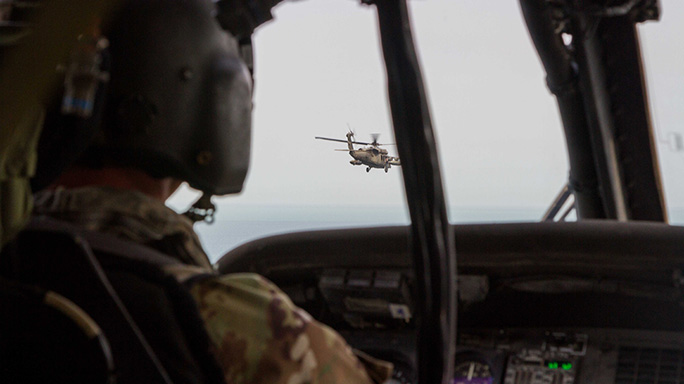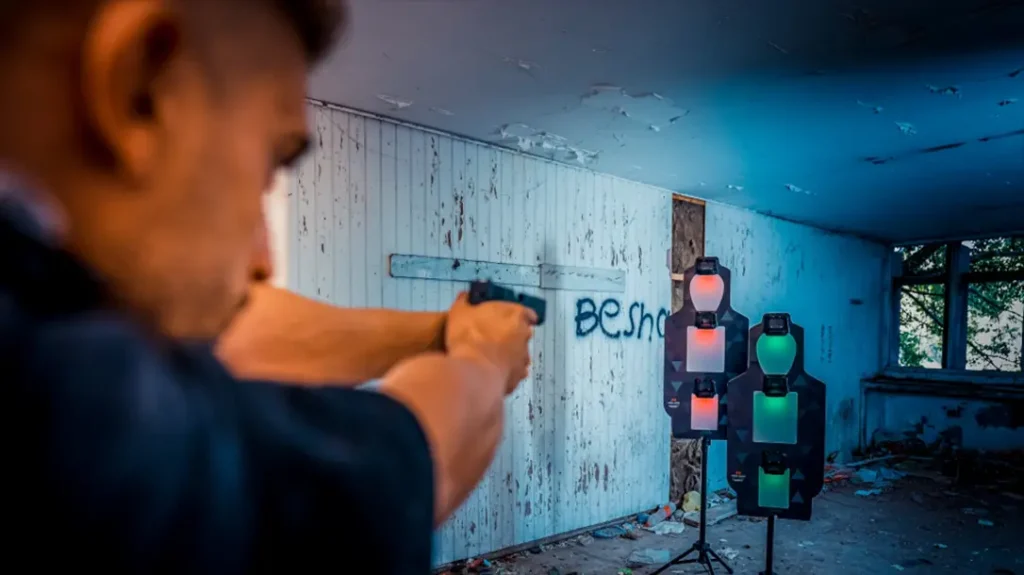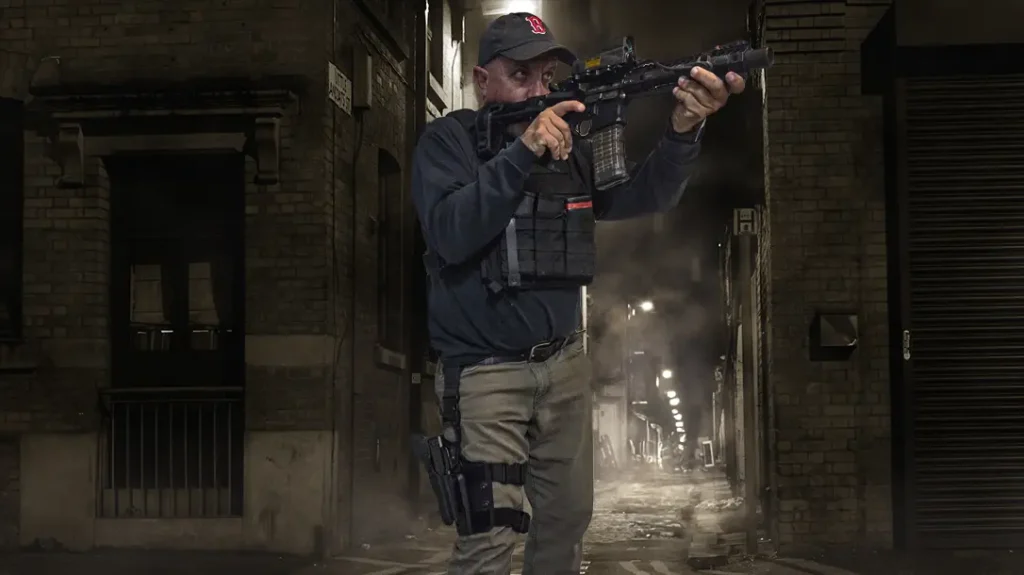The following is a release from Sgt. David Nathaniel Beckstrom (I Corps):
Soldiers, assigned to the 185th Theater Aviation Brigade, and Sailors, of the USS Essex (LHD 2), a Wasp-class amphibious assault ship, took part in a joint, deck-landing qualification exercise in the Persian Gulf, Sept. 28.
- RELATED STORY: Army Reserves, Navy Conduct Joint Operations with LCU 2000s
U.S. Army pilots flying UH-60 Black Hawks rehearsed approach procedures and landings on the flight deck of the Essex, with a home port of San Diego, to increase readiness as part of ongoing efforts to foster close cooperation between the services.
Advertisement — Continue Reading Below
“Being able to work with a wide range of aircraft will not only make me better at my job on the flight deck, but it will allow the pilots to comfortably land on a moving ship,” said Petty Officer 3rd Class Jeshon King, a flight deck operator on the Essex.
“We are getting experience and training that we wouldn’t get back home and developing the relationship with the Navy for future operations,” said Chief Warrant Officer 3 Josh Wesner, a UH-60 pilot with C Company, 1st Battalion, 137th Aviation Regiment, home stationed in Shelbyville, Indiana. “Being able to learn how other services conduct operations allows us to develop tactics, techniques and procedures based on how they work.”
Wesner said that C Company has been able to conduct a variety of unique training events since deploying to the U.S. Army Central Command area of responsibility.
Advertisement — Continue Reading Below
“Any time we get an opportunity to conduct joint training we take it, because it is not something we normally do,” Wesner said. “It increases our unit’s readiness and experience level and we have qualified our entire company in deck landings, allowing us to be ready for any mission that requires us to land on a naval vessel.”
This training mission allowed the service members to practice working together and gave them confidence in their ability to operate in a joint environment.
“Building trust is something that cannot be rushed,” said Navy Cmdr. Clinton Carroll, commander of Amphibious Assault Squadron 3. “During Operation Enduring Freedom and Operation Iraqi Freedom, we did a surge into these countries to fight, but trust is something that you can’t surge. By practicing with each other we are building trust in order to be more proficient in the future.”
Advertisement — Continue Reading Below
That trust and interoperability is a core piece of the training strategy for all services as they prepare for a wide range of operations.
“Working in a joint environment opens opportunities to facilitate interoperability among the branches of the military,” said Marine Corps Col. Vance Cryer, commander of the 15th Marine Expeditionary Unit. “We are in a military that relies upon the other services to ensure the mission is accomplished.”
According to a study from the Department of Defense, the focus of future training will be interoperability within the U.S. military and with partner nations. Interoperability will continue to be an integral part of having a world-class military.
Advertisement — Continue Reading Below
“The Department of Defense emphasizes interoperability between the branches of the military to not only cut costs and reduce redundancies, but create a more stable working environment,” said Maj. Brendan J. McEvoy, executive officer to the deputy commanding general of operations, U.S. Army Central Command. Service members that participate in these operations will be able to return to their home stations with a better understanding of how each service works together, he said.
Carroll said regional stability is an important part of the Pentagon’s plan for future operations. Working with different branches and host nation forces, allows the participants to become more proficient and build confidence in their tasks and develop a more stable region.
This mission used interoperability and joint operations to enable service members to see what they can accomplish when the services work together.
Advertisement — Continue Reading Below
“Being able to practice working with the other branches allows us to understand where the friction points are and how to remedy them,” Carroll said. “It also enables the participants to build trust and confidence in a wide variety of military operations.”
























